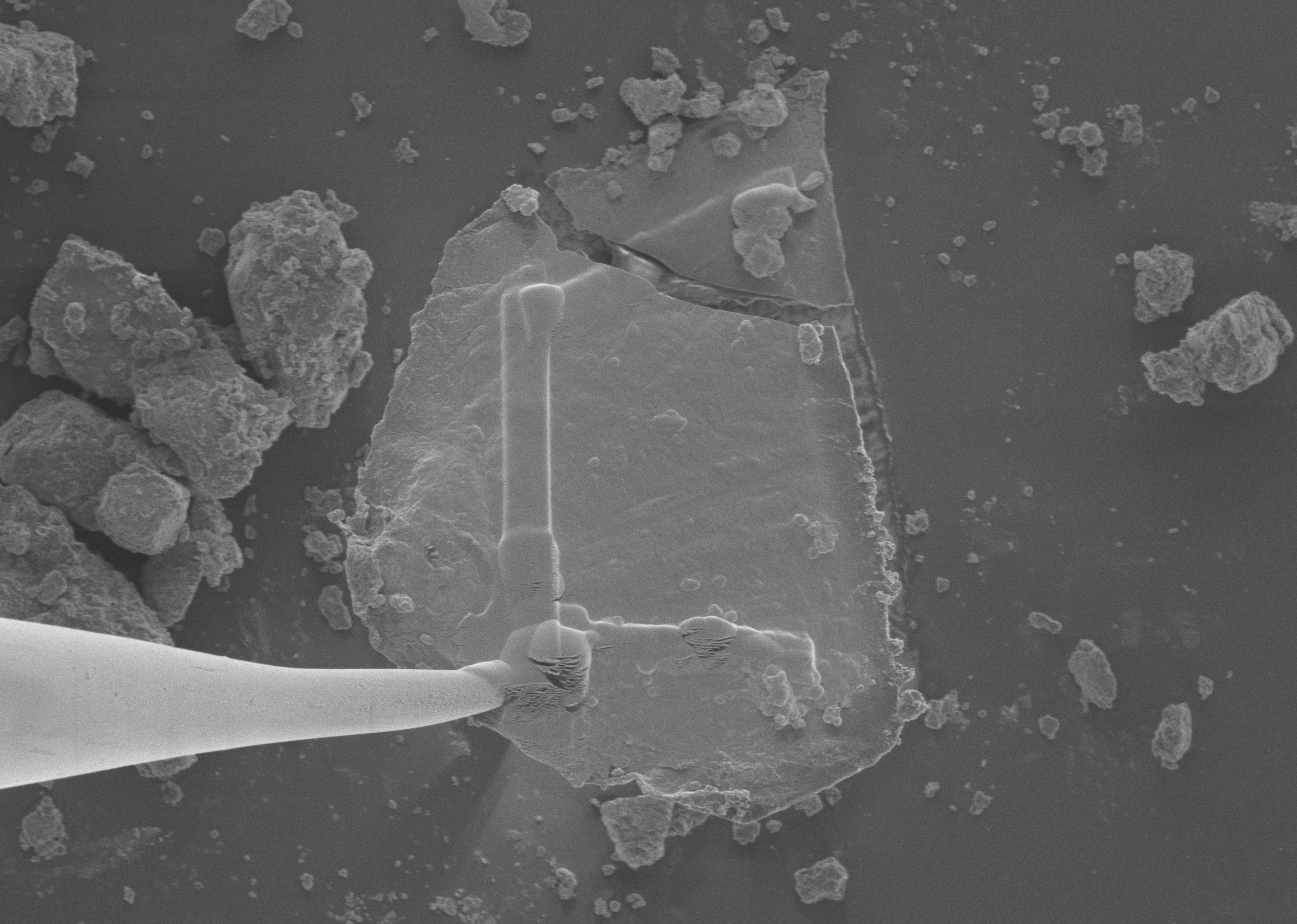As NASA prepares to return to the Moon, one of the many exciting opportunities scientists are preparing for is the ability to use the water that exists there to support human exploration. The presence of water has been a relatively recent discovery, opening up many exciting possibilities for future exploration and just as many questions about that water’s origins.
In the late 90s, NASA’s Lunar Prospector mission found extra hydrogen at the poles, and where there’s hydrogen, there might be water. Enter the LCROSS mission, designed to determine the type and amount of hydrogen that might be present just below the Moon’s polar regions.
Tony Colaprete, a planetary scientist at NASA’s Ames Research Center, was the Principal Investigator for the LCROSS mission. He says: ‘To determine the form of hydrogen at the poles, we needed a way to access material below the Moon’s surface. So we carried a piece of the Atlas rocket we launched on all the way to the Moon and directed it into one of the large permanently shadowed craters near the south pole, which caused a plume of dust and debris to shoot upwards.
We had a probe with nine different measuring instruments, following the plume’s 10 mile (16 km) upward trajectory. The Lunar Reconnaissance Orbiter (LRO) spacecraft was also making observations of the plume while mapping the lunar surface from its orbit around the Moon. The lunar dirt in the plume hadn’t seen the Sun in over 2 billion years. In the sunlight, among other metals and gases, we found water - about 5 percent by weight.”
“Now, we know there’s water on the Moon”, says research scientist Jen Heldmann also at Ames. She explains why the discovery is much more than just a scientific curiosity.
“Ultimately, I believe we’ll be living on the Moon for extended periods of time, so we need to take advantage of whatever resources we can find there. Water is H2O; a combination of hydrogen and oxygen. And we can break it apart. So now we have a source of hydrogen and oxygen that may be able to be used for rocket fuel, as well as a source of oxygen for breathing. Water on the Moon gives you a new paradigm for future space exploration. Very exciting. “
In the ten years since the LCROSS mission, we have continued to study water at the lunar poles from orbit with instruments on several missions. But we still have lots of questions. Where, for instance, did the water come from? Some believe that the water and other volatiles could be the remnants of comet impacts from long ago. Others point to recent meteorite showers that can be seen producing vapor - are they continuing to replenish the Moon’s water? And where exactly is the water? We’ve confirmed it exists in Cabeus crater near the Moon’s south pole where LCROSS impacted. But how plentiful is it? And can we expect to find it in other super cold regions?
Colaprete says, “We won’t be able to answer any of these questions with certainty until we visit the south pole with robots and astronauts.”
Through the Artemis program, NASA is planning to do just that.
Thirsting for more information about the changing science of the Moon? Visit science.nasa.gov.
































